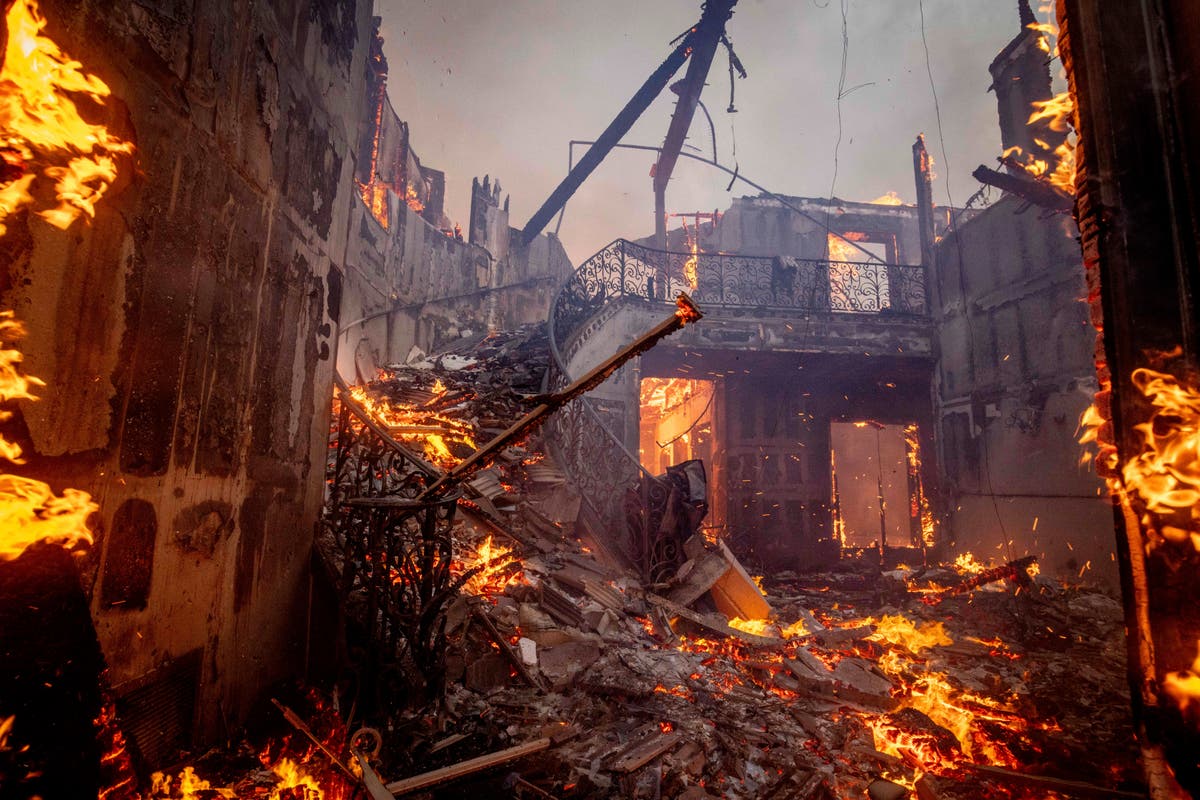Southern California's notorious Santa Ana winds, a common feature during cooler months, pose a significant wildfire risk. These dry, warm, and gusty winds, funneling from the interior deserts, create extreme conditions that can quickly turn a spark into a devastating blaze.
Formation and Characteristics
High-pressure systems over the Great Basin drive the Santa Ana winds. As the descending air sweeps across the mountains, it accelerates through passes and canyons, becoming increasingly dry and warm. This process intensifies the winds' speed and dramatically reduces humidity levels. The resulting conditions make vegetation exceptionally flammable.
Wildfire Risk: A Crucial Threat
Low humidity, often plunging to single digits, severely dries out vegetation, both living and dead. This heightened flammability, combined with the powerful winds, makes any spark—from downed power lines to accidental ignitions—a significant threat of rapid fire spread. Santa Ana winds have been implicated in some of Southern California's worst wildfire incidents.
Naming and Impact
The origin of the "Santa Ana" name is linked to Santa Ana Canyon in Orange County, though other theories exist. While the winds can clear urban pollution, leaving behind pristine skies, the extreme dryness can cause discomfort and irritation to residents, impacting skin, nose, and throat. The dramatic effects on the environment and human experience are vividly portrayed in literature like Raymond Chandler's "Red Wind."
In Conclusion
The Santa Ana winds, a recurring phenomenon in Southern California, necessitate caution and preparedness, especially during the crucial wildfire season. Understanding their formation and impacts is key to mitigating the significant dangers they pose.







